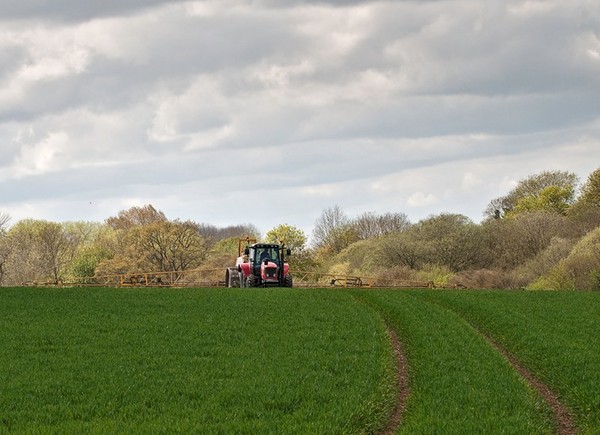I have just attended the AICC conference. As always, it was a great conference with record numbers of agronomists and industry attending. Delegates heard a range of technical papers as well as presentations on the future trends in food consumption and the latest on the new arrangements for CAP.
In today’s, and future markets, farmers who produce broad-acre crops have to be globally competitive and this has resulted in the large areas of wheat in the UK and Ireland. In this context, one passing comment that really intrigued me at the conference was that in Ireland resistance to the triazoles in Septoria tritici has resulted not only in significantly higher fungicide costs in winter wheat but also the fear that the disease will not be adequately controlled in high pressure years.
This has led farmers to reconsider the place of wheat in rotations and has already resulted in less second wheats. Some farmers are even contemplating replacing an area of their first wheats with winter barley. I find this very sobering because Ireland has the highest average wheat yields in the world.
These yields are due to the fact that the blend of good soils and a favourable climate provide the necessary ingredients for high yields. Where Ireland scores over East Anglia is that there is typically sufficient moisture available during grain fill for the wheat to exploit solar radiation more fully. The downside is that a good supply of rainfall also encourages high levels of septoria. This has necessitated a high fungicide requirement in order to exploit the potential yields and has consequently resulted in selection for high levels of resistance to the triazoles.
There is no doubt that resistance is increasing the use of fungicides in order to control septoria. Does this mean that over time the costs of protecting crops will also increase?
I cannot remember the cost of the triazoles in the very late 1970s when they were first introduced to the market. I do remember that at that time the cost of isoproturon in Britain was around £25/ha. One application to control black-grass was usually sufficient. After taking into account inflation that £25 is now worth £110, not far from what farmers are currently paying in order to attempt to control black-grass. However, other things have changed.
Wheat yields have gone up but not sufficiently to compensate for the relative reduction in the price of wheat. It was around £100/tonne in 1980, which is now worth £430. It is difficult to draw conclusions but these few facts do demonstrate the exceptional value of Atlantis when it was first introduced and gave effective and consistent levels of black-grass control.
However, regardless of the relative costs of herbicides, black-grass control is now less reliable because of resistance. Again the prime example is (or was!) isoproturon. During the 1970s, it averaged 99% control of heads in ADAS trials. By 1995, control varied in NIAB TAG trials from 82% to 100% between the different field sites and by 2004, from 0% and 72% control. This is typical of what happens with enhanced metabolic resistance; as it develops, overall control goes down and variability in control from site to site goes up.
In addition, as resistance increases it becomes more important to apply pesticides in favourable conditions for their activity. The now increased or total reliance on pre-/peri-emergence herbicides, all of which have their activity reduced on black-grass by enhanced metabolic resistance, has highlighted that dry seedbeds at the time of application often results in very variable and inadequate control. Added to this is the fact that necessary cultural control measures can also provide very variable levels of black-grass control.
Arable farming is all about managing risks and so the variability in control due to resistance can be as significant as the overall reduction in control. It is against this background that many farmers in both UK and Ireland are considering reducing the area of the crop that they are in global terms most competitive in producing.
